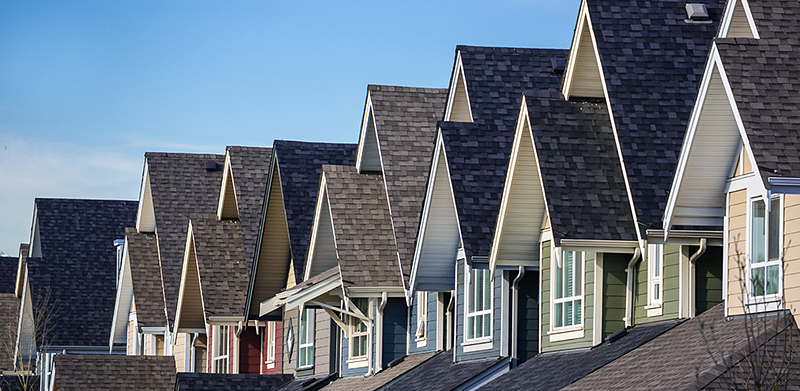With the recent announcement that Toyota will be building on a 100-acre site in the Legacy business park, another piece of Plano’s dwindling supply of vacant land will soon disappear.
Less than 8 percent of Plano’s 72 square miles remains available for residential or commercial development.
Of that 8 percent, 6.6 percent — or 3,052 acres — is earmarked for commercial development. A mere 1 percent — or 428 acres — is left for housing.
Plano officials say that leaves plenty of room for business expansion, and future housing may take new forms to accommodate a population that will continue to grow.
Buildout, to Plano Mayor Harry LaRosiliere, simply means “a new phase of the city’s life.”
And that life began as a vast expanse of prime farmland dating to the mid-1800s before morphing into Collin County’s largest city and a major employment center.
Plano has already surpassed a population of 270,000 that officials once predicted would be the maximum number of residents at buildout.
Now, if current housing projects are built as zoned today, the city could reach a population of 280,000 residents by 2020.
Denser, more urban-style residential development — that’s envisioned with new land use policies adopted in 2012 — could push that population to 286,300 by 2030.
For now, much of the available commercial land is situated along the major transportation corridors — State Highway 121 on Plano’s northern border and the Bush Turnpike on its southern edge.
“There are plenty of opportunities for companies,” said Sally Bane, Plano’s executive director of economic development. “Plano’s also going to have a lot of opportunity for redevelopment. That’s how this community will continue to be a significant force in competing for projects.”
Her confidence certainly seems justified, since Plano was chosen from 100 other U.S. locations that Toyota considered for its new North American headquarters.
The automaker’s $300 million campus, which will be located in Plano’s Legacy West mixed-use development, is expected to pump more than $7 billion into the economy over a decade.
But the future will hold fewer opportunities to build the spacious McMansions that have been the hallmark of Plano neighborhoods for decades.
The remaining residential tracts are “scattered around town in various locations,” said Plano Planning Director Christina Day, noting that some land zoned for agriculture could also be used for housing in the future.
Currently, fewer than 6,000 housing units, which includes townhomes, apartments and 2,257 single-family homes, could be built in Plano, based on existing zoning and land use recommendations.
That’s why city planners are looking at other housing options.
Instead of McMansions, Plano’s future housing could include more five- to 12-story high-rise buildings and mixed-use urban centers clustered around DART’s Parker Road Station, at Park Boulevard and Preston Road, and the Collin Creek Mall, according to the 2006 Urban Centers Study.
Apart from new development, efforts are also focused on revitalizing aging retail areas and neighborhoods, said LaRosiliere, noting the new Great Update Rebate program provides cash incentives to residents who update older homes.
Maintaining property values and retaining and attracting new businesses, he said, are critical to the city’s main sources of revenue: property and sales taxes.
As Plano enters its next phase, “we’re thinking about what Plano will be in the next decade,” the mayor said. “We’re looking to make those decisions today.”
Source: The Dallas Morning News
Author: Wendy Hundley
